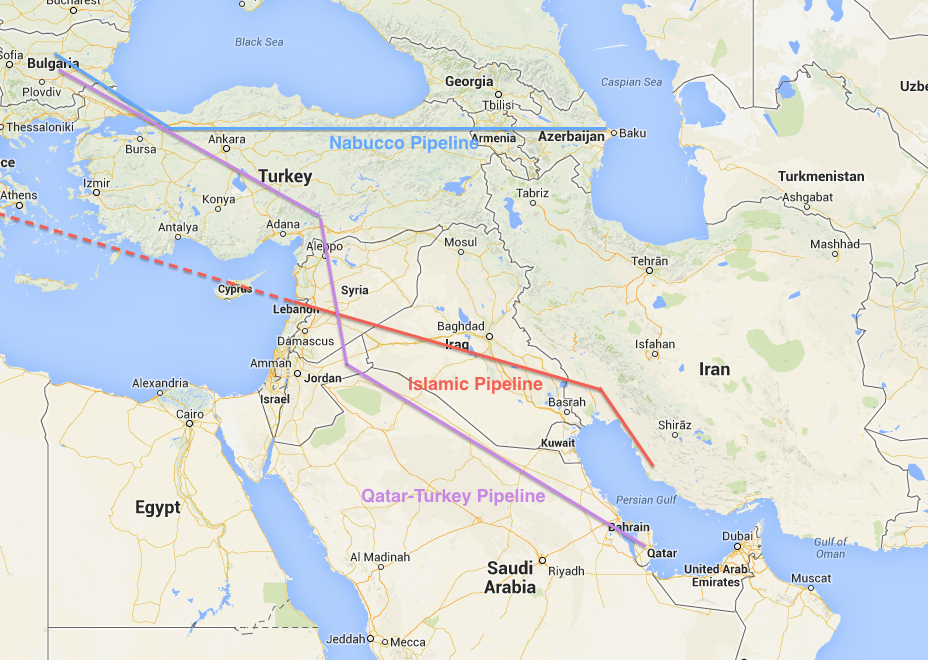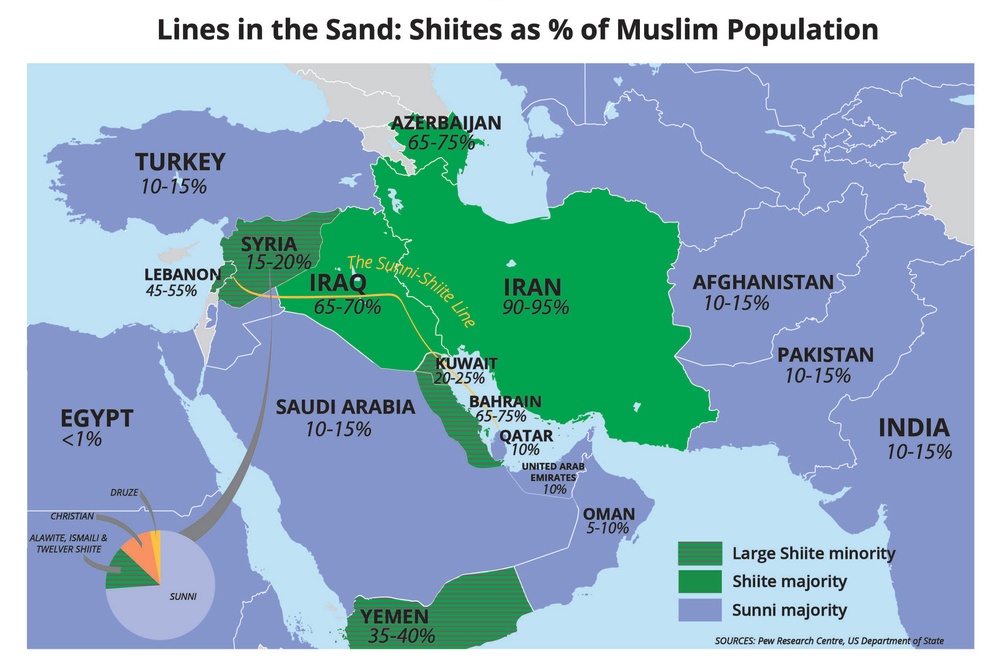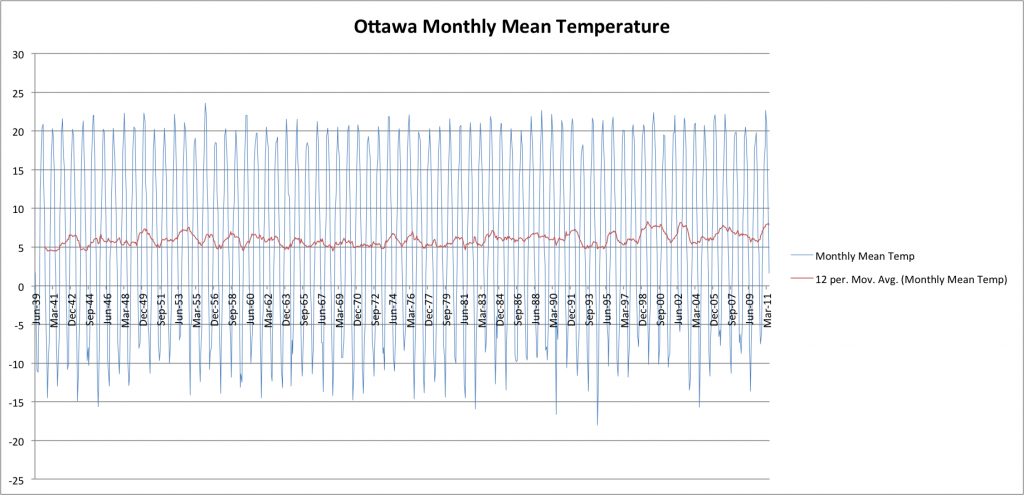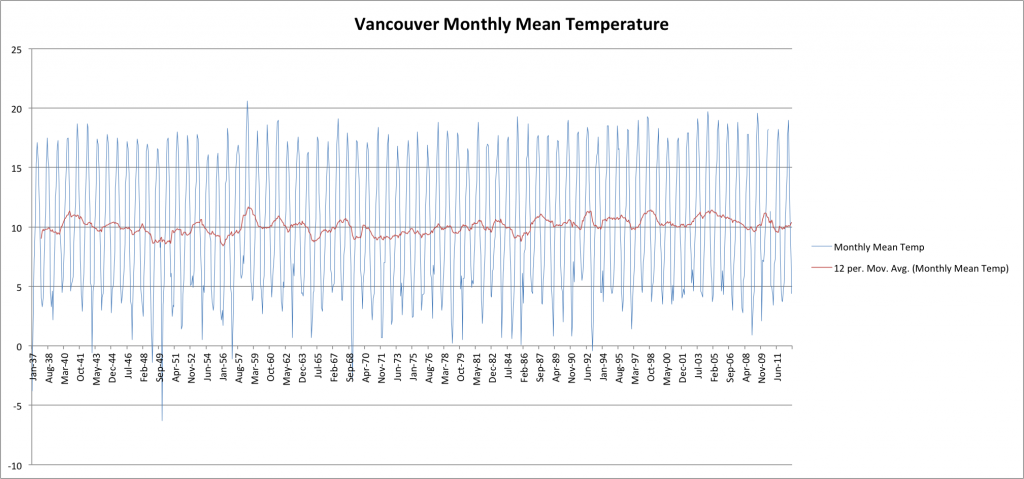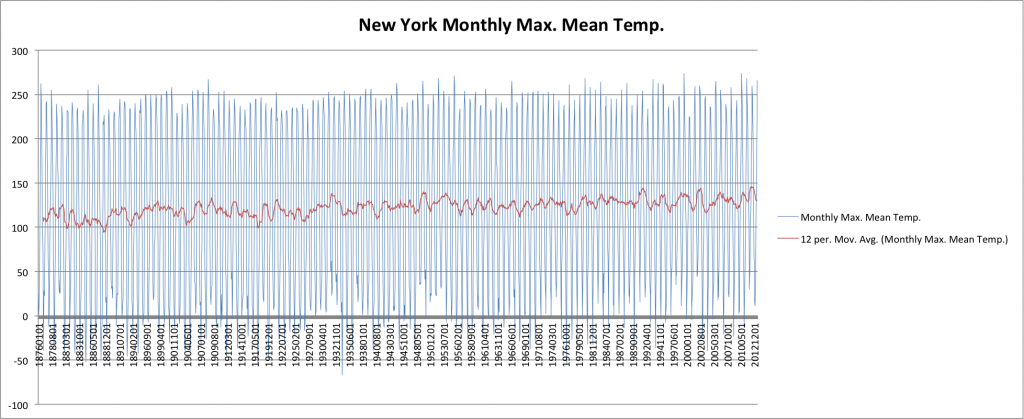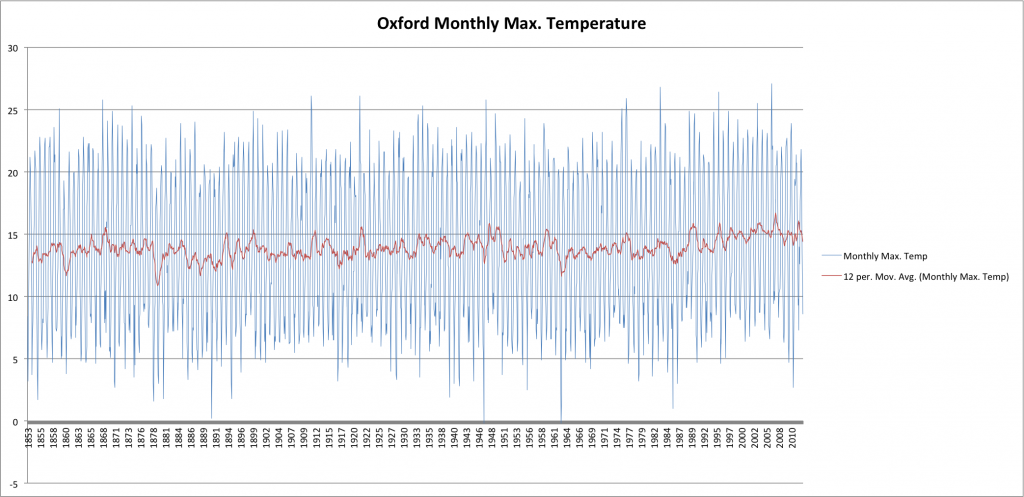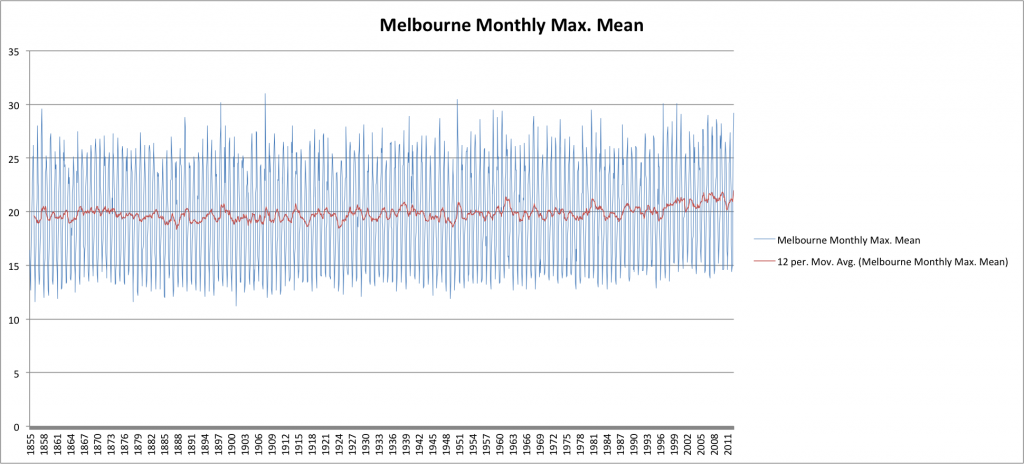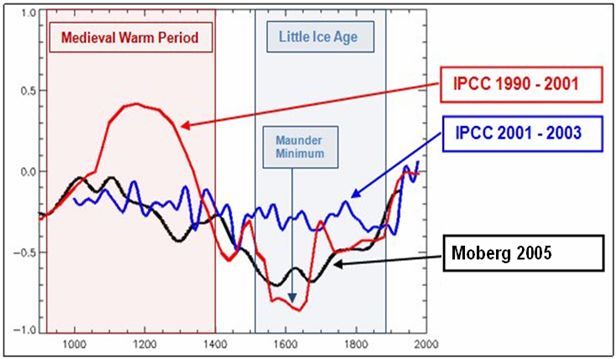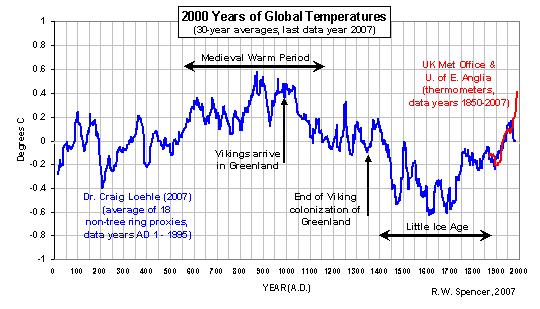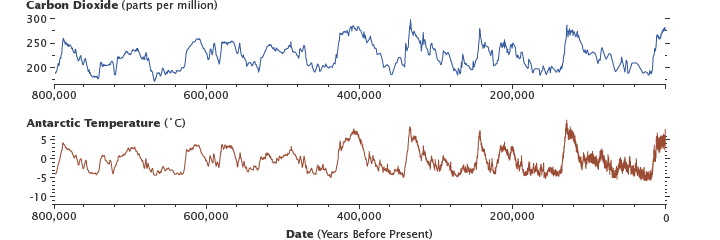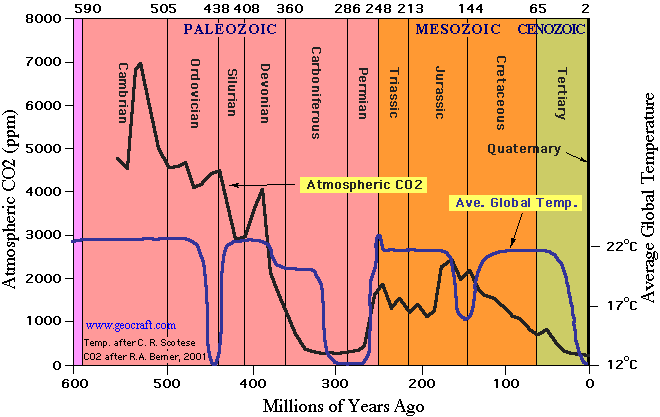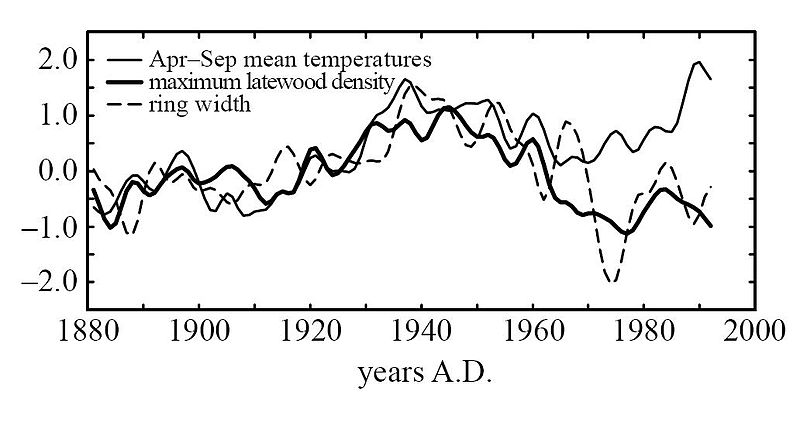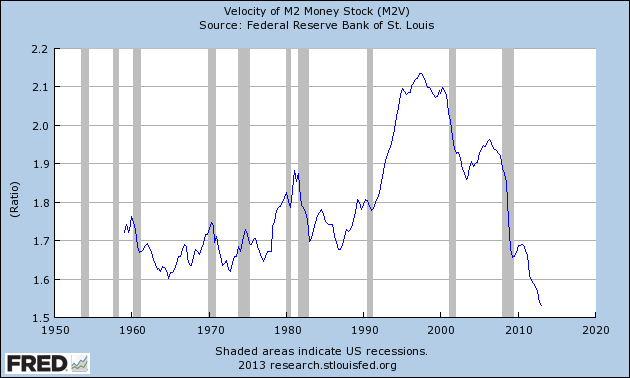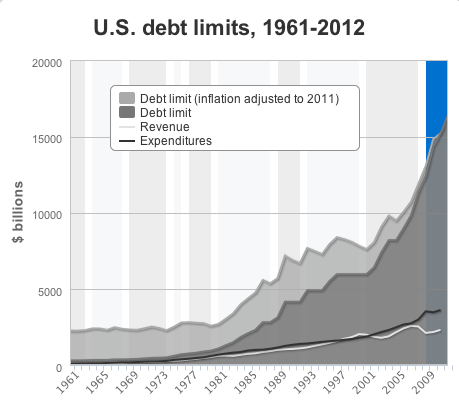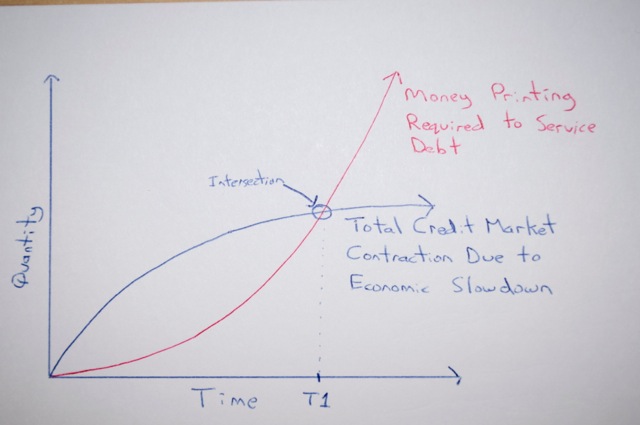My last post consisted of a transcript of most of the leaked Anglo Irish bank tapes.
Today’s post will analyze the contents of those tapes. We’ll see how the bankers involved intentionally mislead regulators and the Irish government about the extent of the crisis. This was done to ensure the government would provide initial loans and then, having ‘skin in the game’, be forced to continue pouring in additional funds to prop up the bank. Ultimately this situation lead directly to the bankruptcy of Ireland and its entry into serfdom as a vassal of its masters at the EU and IMF.
The Roots of the Irish Financial Crisis
The financial crisis of 2008 essentially destroyed the Irish economy. Prior to that, from 1994-2007, the Irish economy had been on a tear of extremely high growth fuelled primarily by:
- Low corporate tax.
- Lack of regulation of the financial industry.
- Loose monetary policy by the European Central Bank (ECB).
These variables combined to turn the entire Irish economy into a giant asset bubble waiting to burst. Specifically, the financial institutions financed a massive property bubble in which Irish banks used short-term borrowing to finance illiquid, long-term assets, primarily in the form of property and mortgages. This created a classic borrow-short/lend-long asset liability mismatch. The Irish banks had to continuously roll over large amounts of the short term loans to stay solvent.
This was amazing profitable for the Irish banks while it lasted; they paid low interest to obtain short-term financing which they turned into long-term loans yielding higher interest. The banks then simply pocketed this spread as profit.
And profitable it was. The average salary and bonus for the executive team at Anglo Irish bank was around €2 million. But this is only one part of the story – you need to also look at the massive stock option benefits showered on those same execs. The average exec exercised about €1 million worth of options in 2007 and held around €7 million on so in vested and unvested options (given 2007 share prices and the varying exercise prices of those options). You can take a look for yourself in the 2007 annual report from the bank (found here) pages 127-129.
So it was a great racket for the bankers while it lasted. Unfortunately, when the short-term credit markets dried up with the onset of the 2008 financial crisis, the Irish banks, like Lehman Brothers and AIG, were instantly insolvent. This was not an inevitable outcome. Had the banks been properly capitalized and not leveraging asset-liability mismatching to boost profits, they would have been fine. Instead, these banks were balanced on a knife edge susceptible to even the slightest disruption in the short-term credit markets.
By September of 2008 Anglo was losing billions of euro a day and would surely fail in the immediate future. The Anglo execs, like bankers around the world, approached their government to ask for a bailout and sign on taxpayers to the liabilities of their reckless behaviour. In Anglo’s case an initial ‘investment’ from the Central Bank of Ireland of €7 billion was sought to staunch the bleeding. And this is where the Anglo tapes come in revealing that, in fact, Anglo executives knew that far more the €7 billion would be required to keep the firm afloat.
The Initial €7 Billion ‘Investment’
One of the first Anglo Irish tapes released was a conversation between John Bowe, Acting Director of Treasury and Director of Capital Markets, and Peter Fitzgerald, Director of Retail Banking. In this conversation the two discuss the €7 billion ‘investment’ from the Irish Central Bank and reveal the true extent to which the Central Bank had been manipulated:
John Bowe: Fun and games. yeah. We went down to the, we went down to the regulator. Did I tell you that we went down to the regulator yesterday?
Peter Fitzgerald: Yesterday? Yesterday, yeah, yesterday was fine. Yeah, I got yesterday, yeah.
John Bowe: And we basically…did I tell you we went down in the evening?
Peter Fitzgerald: No, no you didn’t.
John Bowe: Went into IFSRA and basically kind of gave it to them between the eyes and there were sort of pointing in different directions. Not us, not us but Jeez, you would want to get on that, that sounds…hmm…hmm. So we went down… and we basically said…
Peter Fitzgerald: In Central?
John Bowe: In Central yeah. And I mean to cut a long story short we sort of said look, what we need is €7 billion and we’re going to give you, what we’re going to give you is our loan collateral so we’re not giving you ECB, we’re actually giving you the loan clause. We gave him a term sheet and we put a pro note facility together and we said that’s what we need. And that kind of sobered up everybody pretty quickly, you know.
Peter Fitzgerald: Yeah.
John Bowe: And why do you need that and what’s happening…and Jesus oh…oh…you have certainly focused our minds. So I think.
Peter Fitzgerald: And is that €7bn a term?
John Bowe: This is €7bn bridging.
Peter Fitzgerald: Yeah.
John Bowe: So… so it is bridged until we can pay you back…which is never.
Peter Fitzgerald: Yeah, yeah, and that’s in the pro note, that’s in the terms and conditions?
John Bowe: (Laughing) That’s right. So under the terms that say repayment, we say: no.
Peter Fitzgerald: None…just none. Not applicable. Okay and what did he say? “I need a change of underwear?”
John Bowe: (Laughing) There was a bit of that, there was a bit of that [discussing meeting with regulator]. Jesus that’s a lot of dosh. Jesus fucking hell and God. Well, do you know the Central Bank only has €14 billion of total investments so that would be going up to 20. Gee, that would be seen. And how would we do that? Gee, we would need to give you. We need to. Jesus, you’re kind of asking us to play ducks and drakes with the regulations,” and we said yeah. We said, look what we are telling you is that if we get into difficulties we have 100,000 plus lump sum depositors in Ireland, all of whom would be very vocal. And I said, “take it that the other Irish banks will not be able to raise any wholesale funding for, for how long you want. So I said, “Bank of Ireland, their balance sheet is €200 billion and 45 per cent of that is wholesale, so let’s call that €90bn. And let’s say that 60 per cent of that is rolling in the next 12 months, so that’s €54 billion – take it that that won’t roll…okay. And I said you can also do a similar sum for Allied [Allied Irish Bank] and Irish Permanent. So I said that’s what is at stake because these guys, even though they’re big in our world, are minnows in the outside world.
Peter Fitzgerald: Yeah.
John Bowe: So I said that’s what you’re protecting. And I said you have got to. So anyway, that sort of got everybody’s attention and then we had Pat Neary. Pat Neary coming in and saying (mimicking), “C’mere lads, I just want to have a word with ya…yeah Jesus…so look c’mere, have you actually got assets, decent assets, that you can put in play? Is there stuff in there, like, that has value, you know?’
Peter Fitzgerald: Yeah, yeah.
John Bowe: “And look lads you know, if you’re going for this now make sure whatever you get sorts it out. Okay? You know?”
Peter Fitzgerald: What do you mean whatever you get sorts it out?
John Bowe: In other words, whatever you get from the Regulator sorts out the issue.
Peter Fitzgerald: Oh yeah, yeah…just makes it fuckin’ happen
John Bowe: Don’t…
Peter Fitzgerald: Don’t fuck it up.
John Bowe: Don’t be coming back.
Peter Fitzgerald: Yeah…don’t fuck it up…yeah, yeah, yeah.
This exchange makes it clear the the higher-ups at Anglo knew that the €7 billion of loan collateral they would provide to the Central Bank of Ireland wasn’t worth the paper it was written on and that, for all intents and purposes, the Central Bank would never see any of this money repaid.
Further, it’s apparent from the conversation that the Central Bank was at least smart enough to seek guarantees from Anglo execs that the €7 billion would be sufficient to see them through the crisis and they would not be coming back for more.
But, as the conversation between John Bowe and Peter Fitzgerald continues, it becomes clear that the two were well aware that the €7 billion was totally insufficient to keep Anglo afloat and was merely being used to get the Central Bank to ‘have skin in the game’:
Peter Fitzgerald: Ah we are, yeah, and what, how did you arrive at the seven?
John Bowe: Just, as Drummer would say, picked it out of my arse, you know. Em…I mean, look, what we did was we basically said: what is the amount we can securitize over the next six months? And basically say to them: look, our problem is time; it’s not our ability to create the liquidity, the enemy is time here.
Peter Fitzgerald: Yeah.
John Bowe: So we can rebuild, in other words, we can rebuild the liquidity off our loan book, but what we can’t do is, we can’t do it now and the balance sheet’s leaking now.
Peter Fitzgerald: Yeah, yeah unless the balance sheet stabilises, then you can buy some time.
John Bowe: Yeah and that number is seven. But the reality is that actually we need more than that. But you know the strategy here is you pull them in, you get them to write a big check and they have to keep, they have to support their money, you know.
Peter Fitzgerald: Yeah, yeah, yeah, yeah, yeah. They’ve got skin in the game and that’s the key.
John Bowe: They have and they have invested a lot. If they saw, if they saw the enormity of it upfront they might decide, they might decide they have a choice. You know what I mean? They might say the cost to the tax payer is too high. But em…if it doesn’t look too big at the outset…if it looks big, big enough to be important but not too big that it kind of spoils everything.
Peter Fitzgerald: Yeah, yeah.
John Bowe: Then, then I think you have a chance. So I think it can creep up.
Peter Fitzgerald: Yeah, yeah, yeah. They’ll give you a bit of drip.
John Bowe: Yeah.
Peter Fitzgerald: What do you think will happen?
John Bowe: What do I think will happen? I don’t know. I really don’t know. I mean I don’t think we’re an easy sell to anyone.
Peter Fitzgerald: No.
John Bowe: And the home interest should be, should be there, except that they don’t have the financial standings themselves. So do I think it’s going to be possible to offload it? No I don’t. What will it end up being? It could be breaking it up and selling individual books; it could be nationalization, you know.
Peter Fitzgerald: Yeah.
John Bowe: That would be fantastic. If it was nationalization we’d all keep our jobs.
Peter Fitzgerald: It would be fantastic, wouldn’t it?
John Bowe: Yeah, civil servants, you know?
So clearly the strategy of the Anglo execs was to mislead the regulators, government, and Central Bank in order to secure some initial investment and suck those entities into throwing bad money after good. The Anglo execs knew that €7 billion was completely insufficient and that far, far, more would be needed. Indeed, the two even discussed that ultimately the bank would likely have to be broken up or nationalized (which was the ultimate outcome in 2009).
In the end, reading the transcripts really doesn’t do the tapes justice. Here’s the audio of the entire conversation between John Bowe and Peter Fitzgerald:
The Nationalization of Anglo Irish and the Bankrupting of Ireland
And so began the drawn-out demise of Ireland. Exactly as planned the Irish government did get sucked into throwing more money into the black hole that was Anglo’s balance sheet. In the end Anglo wound up being nationalized in 2009 and costing the Irish tax payers €28 billion which, added with losses incurred from other Irish banks, brought the total to bill to the Irish people for the bank bailouts to €64 billion. This lead directly to the Irish government seeking its own bailout from the EU and IMF and Ireland becoming, essentially, a vassal state with its people sold into serfdom.
The Lesson
All of this transpired because of the greed of those in charge of the large financial institutions.
Banking, at its core, adds no value to the economy. It doesn’t produce goods, it doesn’t innovate, it doesn’t refine or harvest natural resources. Instead, banks are supposed to provide a series of simple deposit and loan services and gain a small fee for those services. Never in a sane economy should the banks be the most profitable corporations – yet that’s exactly the case in our modern society.
To make it worse, the Too-Big-To-Fail mentality that pervades our society’s thinking about banks guarantees a moral hazard that will cost us all dearly. When times are good, the bankers reap enormous bonuses. When things go bad, those same bankers simply push their losses onto the taxpayers. Under those circumstances why would the banks not take huge risks?
The lesson from the Anglo tapes should be simple: When the next systemic collapse comes, we let the banks fail. We allow the free market work its magic, however painful that is in the short-term. Only then can we move forward with a financial services industry not built on fraud and corruption.
But sadly, I think the lesson of the Anglo Irish tapes will not be learned. The next financial crisis will merely see another TARP bill passed signing taxpayers onto the bankers’ bad debts and leading to a further consolidation of the large financial firms, greater centralization of power and control and, of course, even more fraud and corruption baked into the system.

